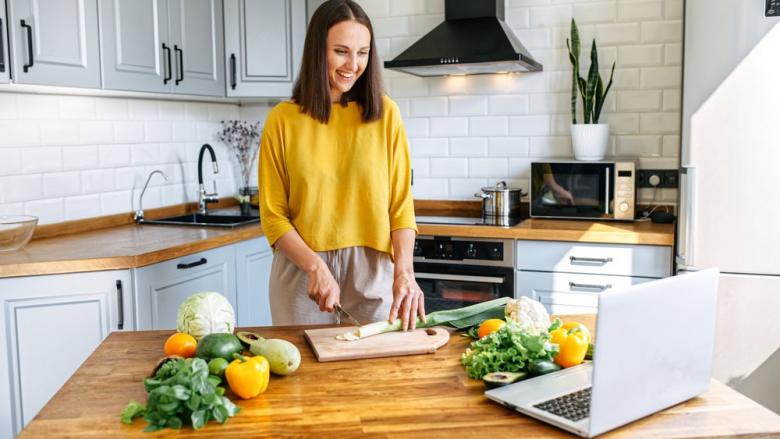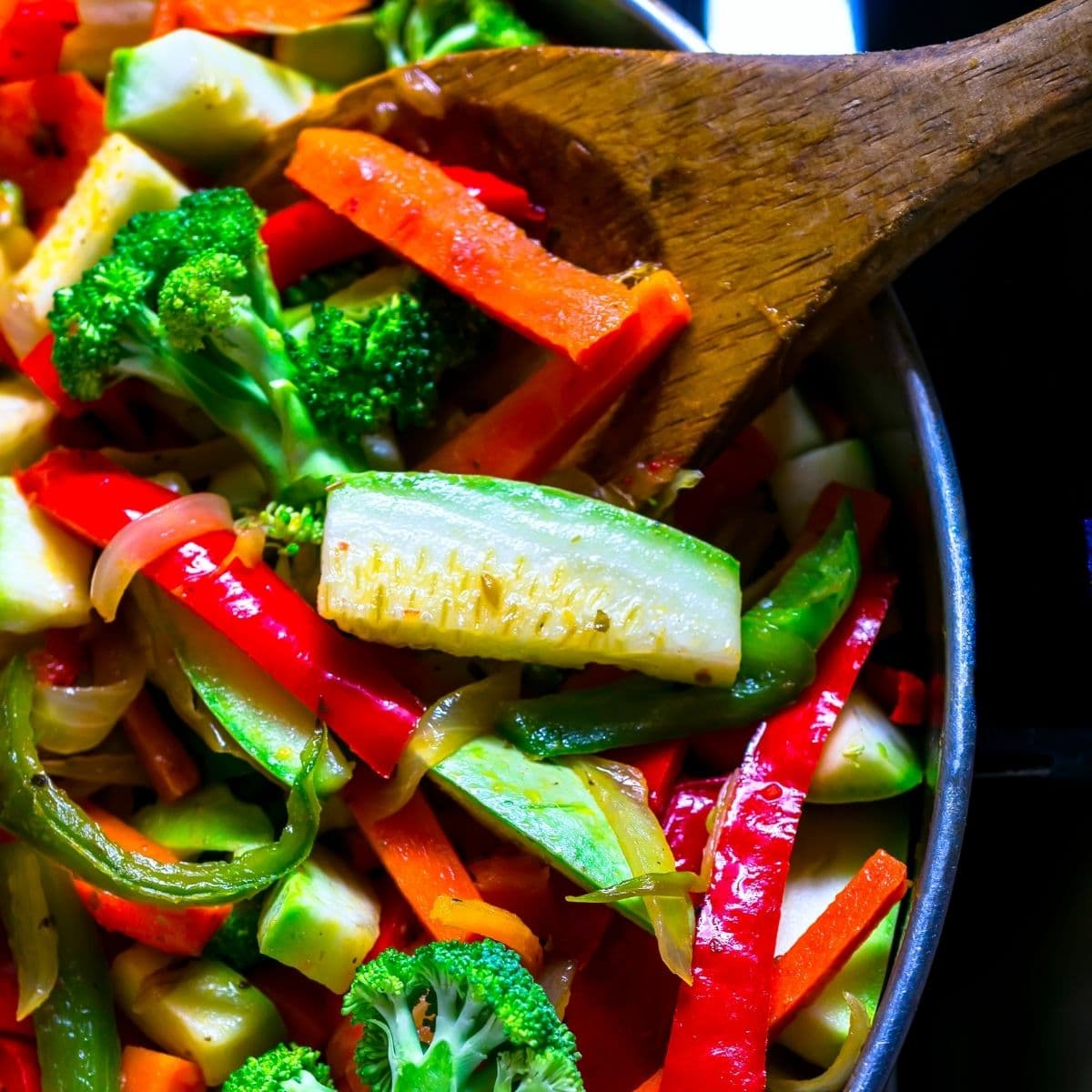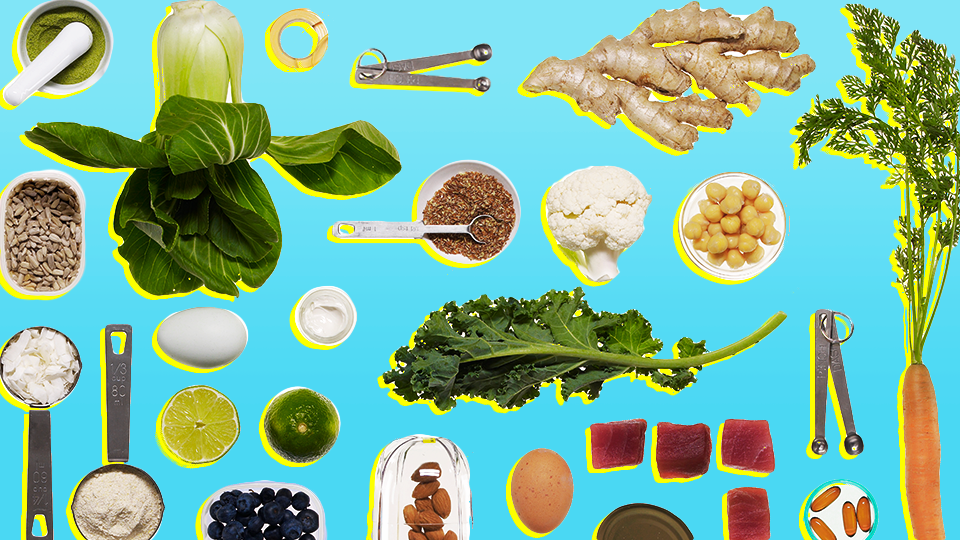
The julienne is a common cut when you prepare a salad or other dish that requires a similar-thickness vegetable strip. To prepare this type cut, simply slice each vegetable into thin strips. Then stack them one over the other. Juliennes are best for leafy greens. This involves rolling the leaves into tubes, cutting them into thin strips and stacking them.
Brunoise
Many restaurants use julienne cut to prepare their vegetable, but the brunoise cutter is a flexible alternative to julienne. This technique allows vegetables to cut into cubes measuring 3mm. This is especially useful when cutting vegetables such as potatoes into 3mm cubes. These are some tips for those who aren't sure how to do it.
Chiffonade
Chiffonade refers to a French cooking technique in which thin strips are made of larger leafy vegetables and herbs, so they look like a sliver. Although the word chiffonade literally means "in clothes", it looks more elegant than rags. You can make it from many green thin leaves like spinach, sorrel and radicchio.

Oblique
Chopping and slicing vegetables is a basic process that is relatively easy. How do you ensure that your vegetables cook evenly? Oblique cuts ensure that more vegetable surface area is heated. This cut, also known as a roll cut, can help you create pieces with the same size and shape without being uniformly the same size. You can learn how to make an Oblique Cut in your kitchen.
Paysanne
The Paysanne method for cutting vegetables is demonstrated and you will be tempted to give this a try. The Paysanne method is a way to cut vegetables from tiny sticks. It's like eating small pats of butter. For the demonstration, we used a daikon (radish) vegetable. However, if you prefer a more sophisticated cut, use a chef's knife. The blade should always be razor-sharp.
Oblique cut
The oblique cut is a great way to learn if you are a passionate cook. It's a simple technique that gives vegetables a more even and uniform cooking time. Oblique cuts, also known as roll-cuts, are easy to master. These cuts are good for stir-frying and roasting.

Julienne
Peel the vegetables and wash them before you can julienne or cut them. Cut them into strips about 0.3-1.5 cm in length. Next, stack several strips over each other to make matchstick-like pieces. Julienned vegetables are ideal for stir-frying and can be used in any dish. You can julienne any type of vegetable, including potatoes, cucumbers, and peppers.
FAQ
What are the benefits to using a slow cooker
Slow cookers allow you to make delicious meals with minimal effort. Slow cooker recipes are more healthy than traditional dishes because they use less oil. Because they cook for you while you sleep, slow cooker recipes can be convenient.
How can you get motivated to cook well?
When you cook with your family and friends, cooking is enjoyable. However, cooking for yourself is much easier than cooking for others. You can be inspired to cook if you try something new. This way, you will learn about new ingredients and techniques. To expand your culinary skills, you can also make use of recipes from other cultures.
Where can I find high-quality kitchen equipment?
You can order high-quality kitchen appliances online. All kitchen tools can be purchased online at a number of sites. Before you purchase any kitchen equipment, ensure that you have read all reviews and rated it before buying. Ask other owners if they have any recommendations.
What should a novice cook do first?
Start cooking something simple, such as pasta, rice, soup. For those who want to learn how cook, a recipe book is a good option. It's much more fun to cook with someone you know. You can cook together as a family or with friends.
What is the minimum requirement to become a chef?
No. Many chefs learned their craft on their own. Some went to culinary school simply to gain experience. Most chefs prefer to go to culinary school to expand their professional opportunities. Culinary schools offer hands-on training which allows students to improve their skills and knowledge of cooking.
How do I become a chef?
A culinary arts degree is the first step to a career as a chef. You can then join a professional group such as ACF. This association offers certification exams as well as networking opportunities.
Statistics
- The median pay for a chef or head cook is $53,380 per year or $25.66/hour, according to the U.S. Bureau of Labor Statistics (BLS). (learnhowtobecome.org)
- You'll be amazed that over 90% of CIA students receive scholarships and grants to finish their culinary studies. (ischoolconnect.com)
- On average, chefs earn $58,740 a year, according to the BLS. - learnhowtobecome.org
External Links
How To
How to make a perfect omelet
Omelets are one of my favorite foods to eat at breakfast. How can you make them perfectly? I have tried many different recipes and methods, but none of them work. So I wanted to share some tips and tricks so that you can make delicious, fluffy omelets every morn.
We should first know that eggs are very temperamental ingredients when making omelets. They must be fresh, preferably from the organic market, and be kept cold until cooking. If you don't keep them cold enough, the whites won't form properly, and the yolks will break down too much and become runny. This makes your omelets look weirdly colored. If you want to make omelets right away, it's best not to use eggs that are too cold.
Another tip is to separate your egg before adding it into the pan. It is important not to allow any white to mix with the yolk as this could lead to the omelet becoming curdled.
The bottom part of an egg that is added directly to the stovetop might be burned, which could cause a ruined texture in your omelet. Instead, heat the egg in a microwave for 10 seconds and then place it in a pan. The heat from the microwave cooks the egg just enough without overcooking it.
Next, let's discuss mixing the eggs. Mix eggs well together. You need to turn the bowl of the mixer upside down. Now shake the bowl vigorously. This way, the air inside the bowl gets whipped around and mixes the egg thoroughly.
The fun part is now - adding the milk to the mixture. Mix half of the milk with the eggs. Then fold the eggs in half into the remaining milk. If you still see streaks of eggs, don't worry. These streaks will disappear once the omelet has been turned over.
After you have folded the eggs, heat the oil in a pan over medium heat. Once the oil has started to sizzle, turn the heat down to low. Once the oil has gotten hot, add 1/4 cup of butter and swirl it around so that the entire pan is coated. Next, carefully open the lid and sprinkle salt into your pan. Salt will prevent the omelet sticking to the pan.
Cover the pan once the omelet is formed and allow it to cool completely. Flip the omelet by using a spatula. Cook the other side for another minute or two. Take the omelet out of the pan and immediately serve.
This recipe works best with whole milk, but skimmed milk also works.